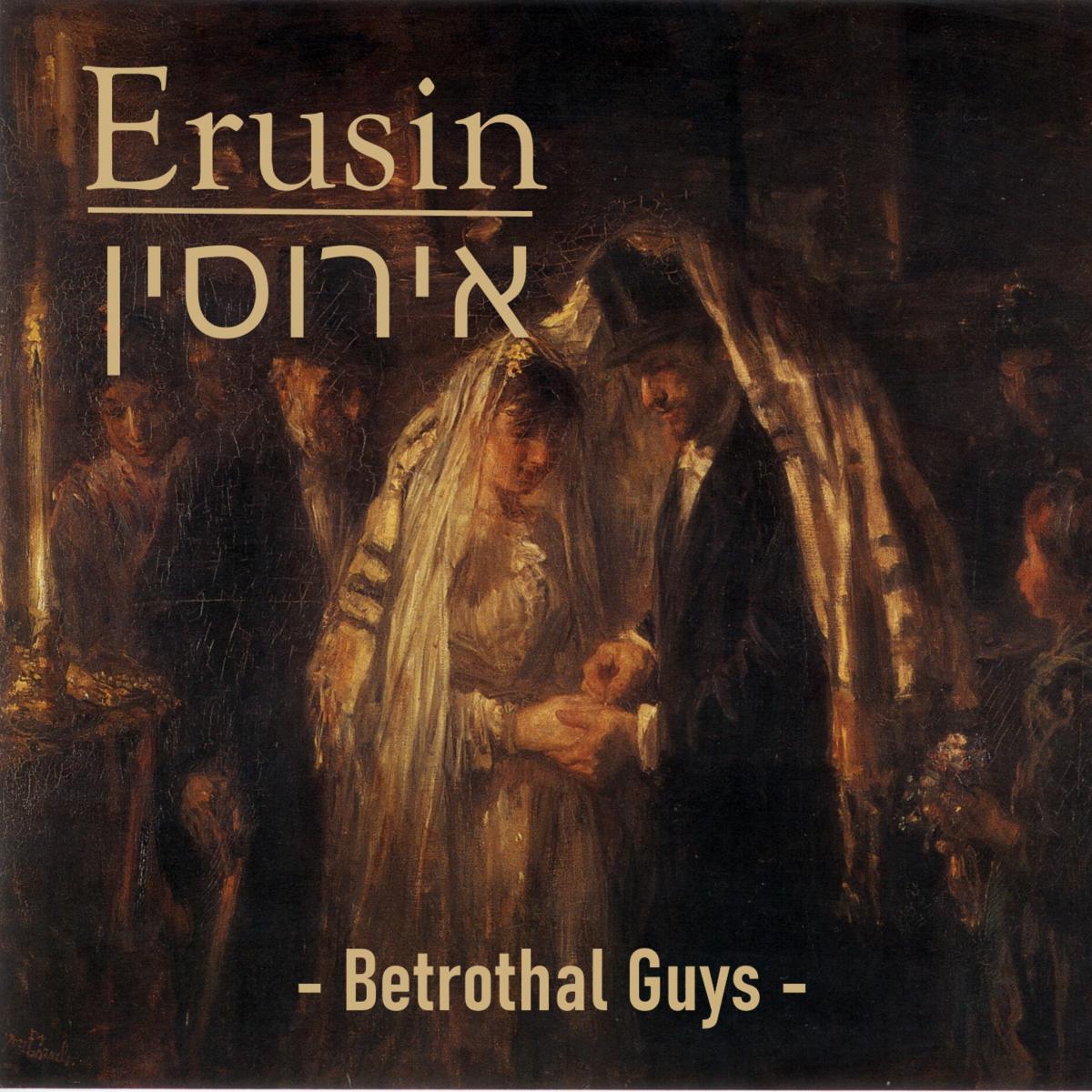
In the Bible what is often translated as “betrothed” was in Hebrew “eras.” “Betrothing” is “erusin.” This Hebrew word means “bound” or “spoken-for” and is used to indicate that a man and woman are joined matrimonially. At the point of betrothal/erusin the people are considered husband and wife. It was usual for the couple to wait some time before the consummation. Once everything had been prepared, a celebratory wedding was held when the husband brought his bride to live with him. Besides having the woman’s agreement to the match and her father receiving a brideprice, the scripture makes no further regulations for conducting “erusin.”
The Jews throughout the centuries instituted various rules for entering matrimony. To perform “erusin” there needed to be two witnesses. The groom had to give the bride an object of value such as a coin or a gold ring. They required a written contract or “ketubah” which is now usually read in the middle of their ceremony to separate the betrothal half from the second stage of the wedding ceremony that they call “nisuin” which means “to carry” or “to take.”
Prior to the 12th Century, rabbis would require “erusin” (the binding) and “nisuin” (the taking) to be a year apart, thus “kiddushin” which means “set-apart” was often used by Jews to refer to betrothing because they wanted to emphasize that the husband and wife were not permitted the marriage bed until the required amount of time had elapsed. Later the Jewish leaders decided it would be simpler if the betrothal (erusin) and the taking (nisuin) occurred on the same day. It’s possible the Catholic rulings influenced Judaism because Christianity started practicing day-of-wedding betrothals around the same time, whereas prior to that the church was also doing more like what the Bible describes.
Changing betrothal/erusin to occur on the same day as the “taking” and honeymoon had some unforeseen negative consequences. People planning to marry could no longer build relationship and romance within a covenant like they used to, but instead were forced to either wed as strangers or start relating as husband and wife prematurely. The references to betrothal in the scripture became misunderstood when readers were no longer doing what was practiced. The picture of our being covenanted with, then being separated from, The Savior “bridegroom” and our similarity to a bride waiting for His expected return is diminished.
Recognition of what was lost has led many believers to return to the biblical model of betrothal.


